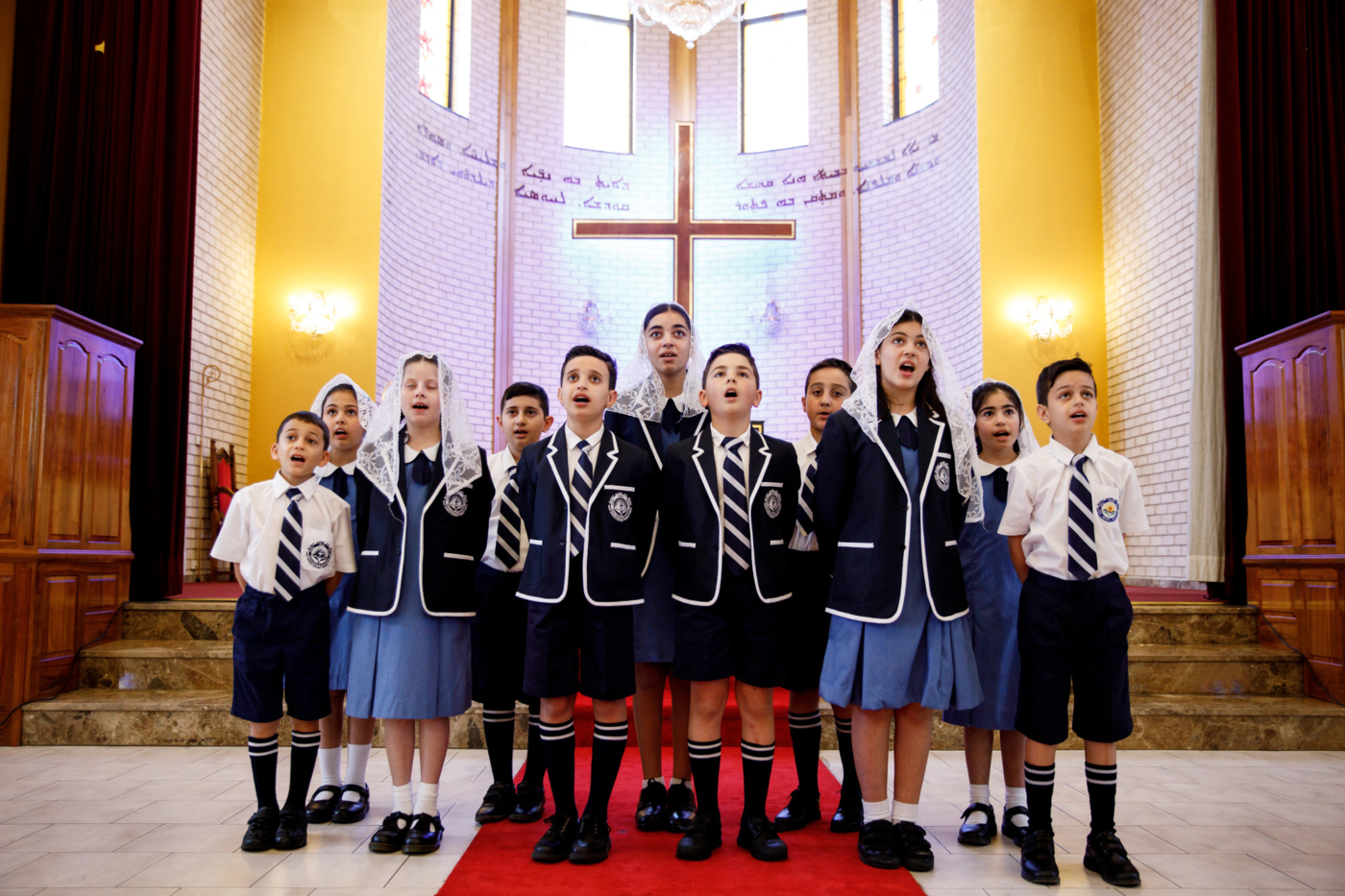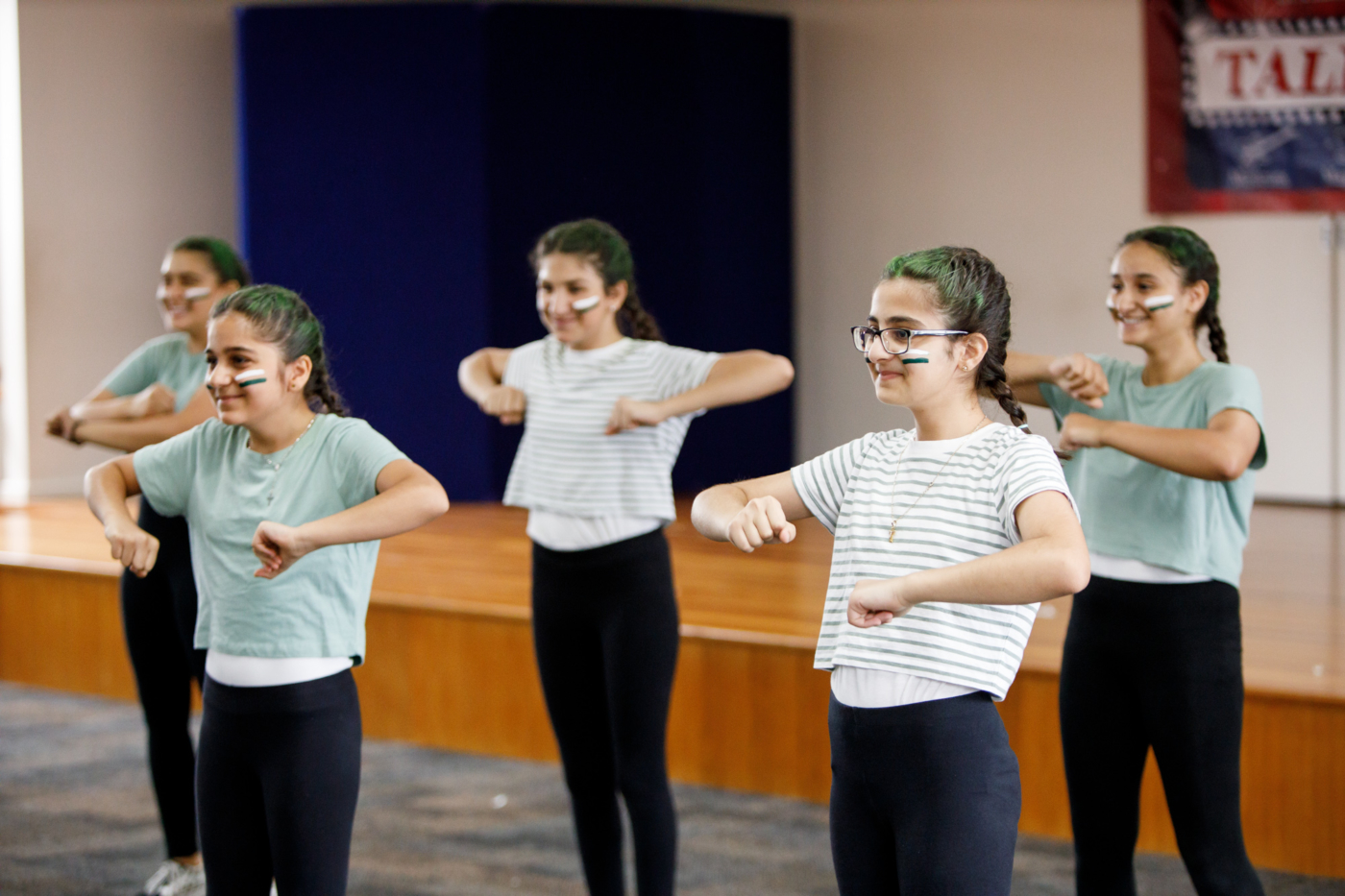Curriculum
A focus on the individual
Our School focuses on the individual student to ensure that every student is educated to their full potential at every stage of their learning journey.
The School model involves the core subjects of Literacy (English), Numeracy (Mathematics), Science and Technology, and History and Geography (HSIE). These are differentiated and integrated to cater for the needs of each student by modifying the pace, level and content of teaching, learning and assessment activities.
K-6 curriculum integrated Key Learning Areas (KLA)
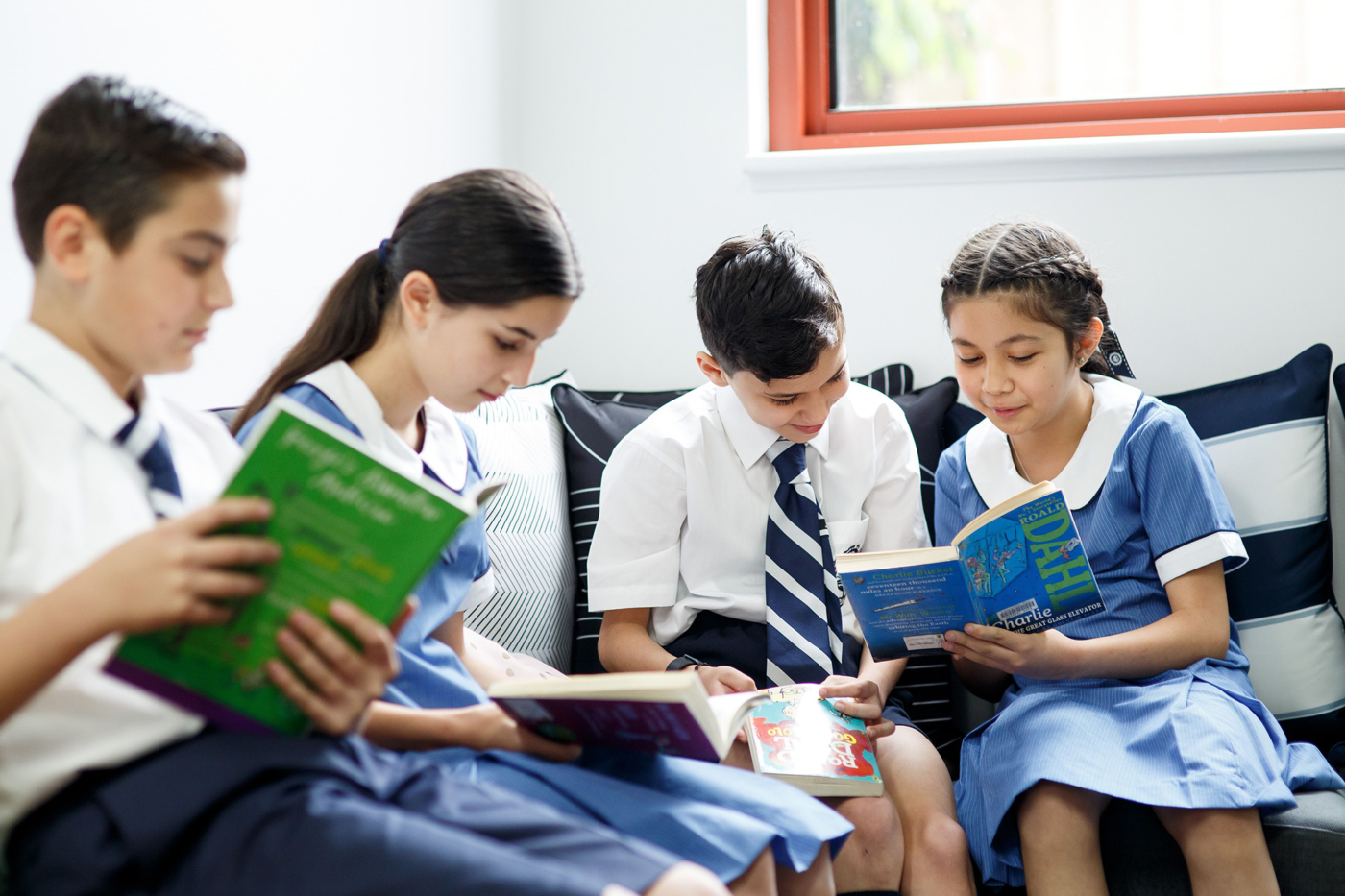
English (Literacy)
English is taught with a focus on reading comprehension, writing, spelling, speaking and listening, grammar and punctuation. Reading fluency, phonics and comprehension form a vital part of the infants’ program.
Literature study enables students to develop their analytical and deductive thinking skills. Communicating verbally and in written form is encouraged and complemented with technology. Our goal is for our students to communicate effectively, use expressive language, and become expert communicators and seekers of knowledge.
Mathematics (Numeracy)
Mathematics provides students with the knowledge and skills to problem-solve, reason, make informed decisions and interpret data. Students work in groups and independently, using hands-on equipment and digital technology.
Individualised tasks are designed to ensure deep understanding of concepts. Daily practice and challenging learning ensures our students are strong mathematicians.
History and Geography (Human Society and its Environment)
History and Geography is implemented as a disciplined process of inquiry from Kindergarten, and investigates the actions, motives and lifestyles of people over time, expanding to national and world history contexts.
Students learn about the physical, man-made and natural worlds. Younger students discover their School and the environment, building up to study about life and culture and the political structure of Australia, with a focus on developing an Aboriginal perspective.
Science and Technology
Through exploration, students are challenged to seek solutions to problems, develop methodology and look at the processes of science, whilst thinking and working scientifically.
Technology is integrated into all learning environments through wireless network access, interactive SMART Boards, desktop and laptop computers and iPads. Students in K-2 utilise iPads as part of their learning, whilst a 1:1 device program is adopted in Years 3-6.
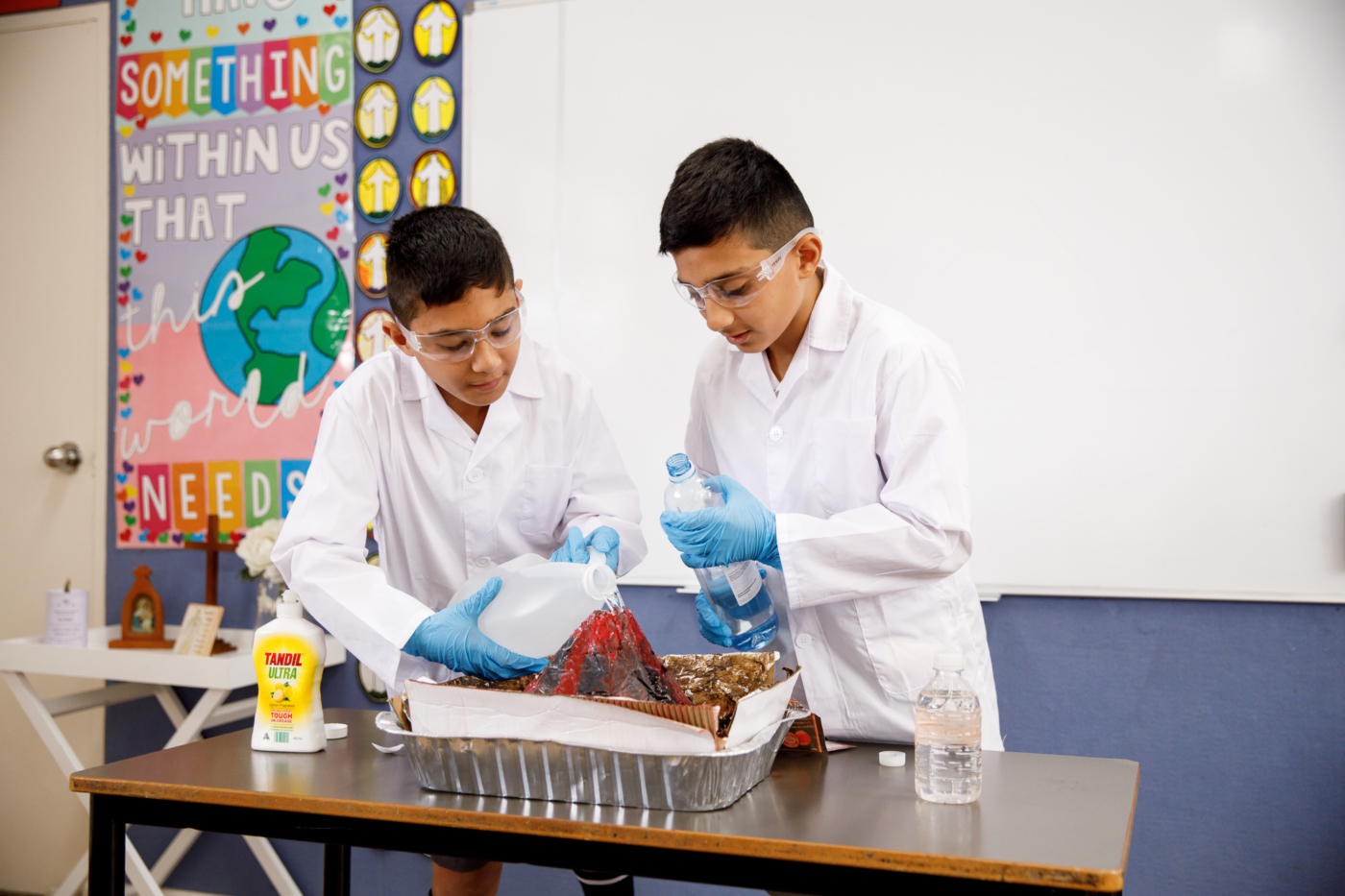
Personal Development, Health and Physical Education (PDHPE)
PDHPE is one of the six Key Learning Areas and is directly concerned with supporting the development of the student as a whole person.
PDHPE provides students with opportunities to explore issues that are likely to impact on the health, safety and wellbeing of themselves and others – now and in the future.
Students also participate in challenging and enjoyable physical activity, improving their capacity to move with skill and confidence.
Creative Arts
Music lessons and programs are designed to develop a range of skills in playing, listening and music appreciation. Programs include Prayers and Hymns and School choir.
Dance provides the opportunity to explore creativity through movement. Students are taught basic movement through various dance styles and experience compositional elements and performance techniques.
Drama encourages students to be creative and imaginative in a supportive environment and to build confidence through exploring various acting techniques.
Visual Arts provides opportunities for students to be exposed to a range of design-and-make tasks, which focuses on creativity, technical skill development and critical investigation.
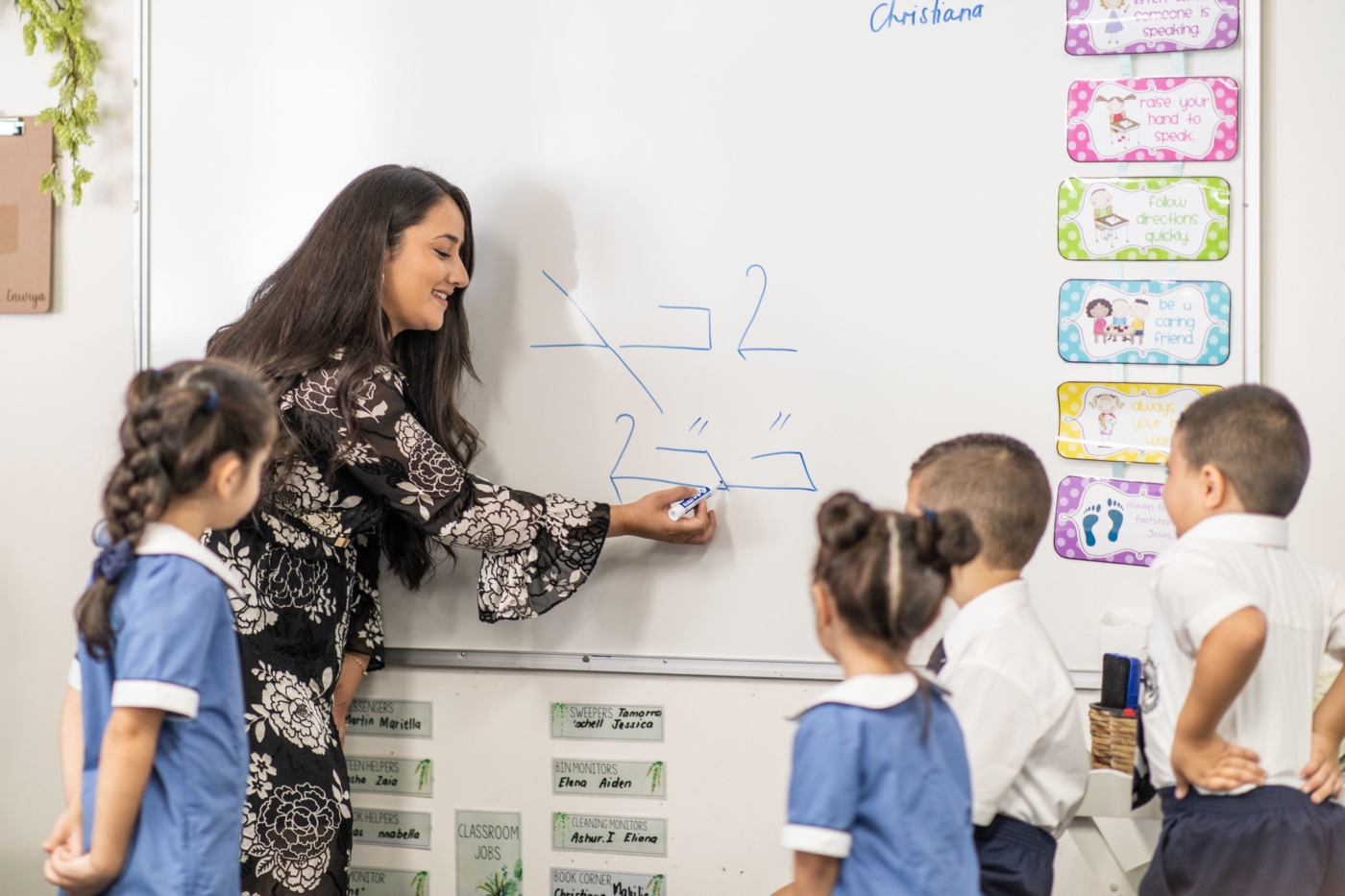
Languages – Assyrian
Assyrian is studied from K-6. The Languages program is designed as an immersion into language and culture, through the celebration of Assyrian culture and heritage.

